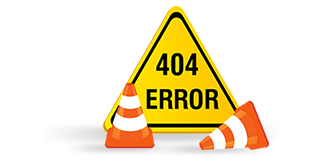
Page Not Found
We're sorry, but the page you are looking for does not exist or has been moved.
Please try using the navigation or the search box to find what you need. Feel free to call us at 1‑360‑805‑4930 if you need immediate assistance.

We're sorry, but the page you are looking for does not exist or has been moved.
Please try using the navigation or the search box to find what you need. Feel free to call us at 1‑360‑805‑4930 if you need immediate assistance.
HEADQUARTERS OFFICE
Research International, Inc.
17161 Beaton Road SE
Monroe, Washington 98272-1034 USA
EAST COAST OFFICE
Mr. Jon Tobelmann
1-703-625-8381
Phone: 1-360-805-4930
Fax: 1-360-863-0439
Toll Free: 1-800-927-7831
Copyright © Research International, Inc. | All Rights Reserved.

